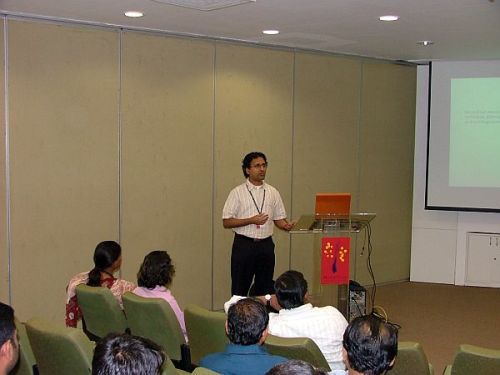The Airtel Voice SMS ad (below) is now being regularly aired on most Indian TV channels.
I found it surprising that Airtel seems to be targeting this service at the middle or the top layers of the socio-economic pyramid. Given the general perception that those in the ‘Base of the Pyramid‘ are more likely to need and use voice-based features on mobile phones, I’d have thought Airtel would go after the BoP audience (probably in addition to other segments). It’d be interesting to test this service with BoP users and see whether they’d take to it.
On another note…
Is this also an attempt at changing the typical Indian phone usage behaviour — the innate unwillingness to use voice mail on phones (I’ve heard various theories on this one, will save that for a different post)? It’s still early days, but I still don’t see any sign of a dramatic change in that behaviour!
Also, I realized there is a basic usability issue with the way one has to record the voice message. To send a voice message, one has to dial * and then the number. Which means, I can’t use the “Contacts” on my phone to send a voice message!! And given how dependent we are now on our Contacts, this is so unusable!





